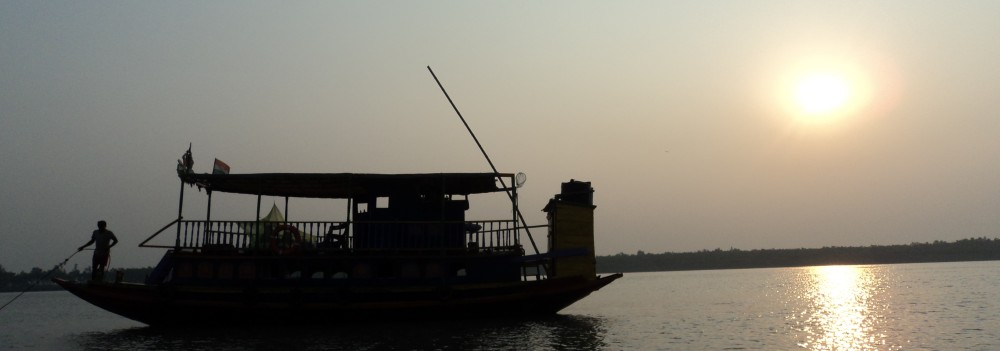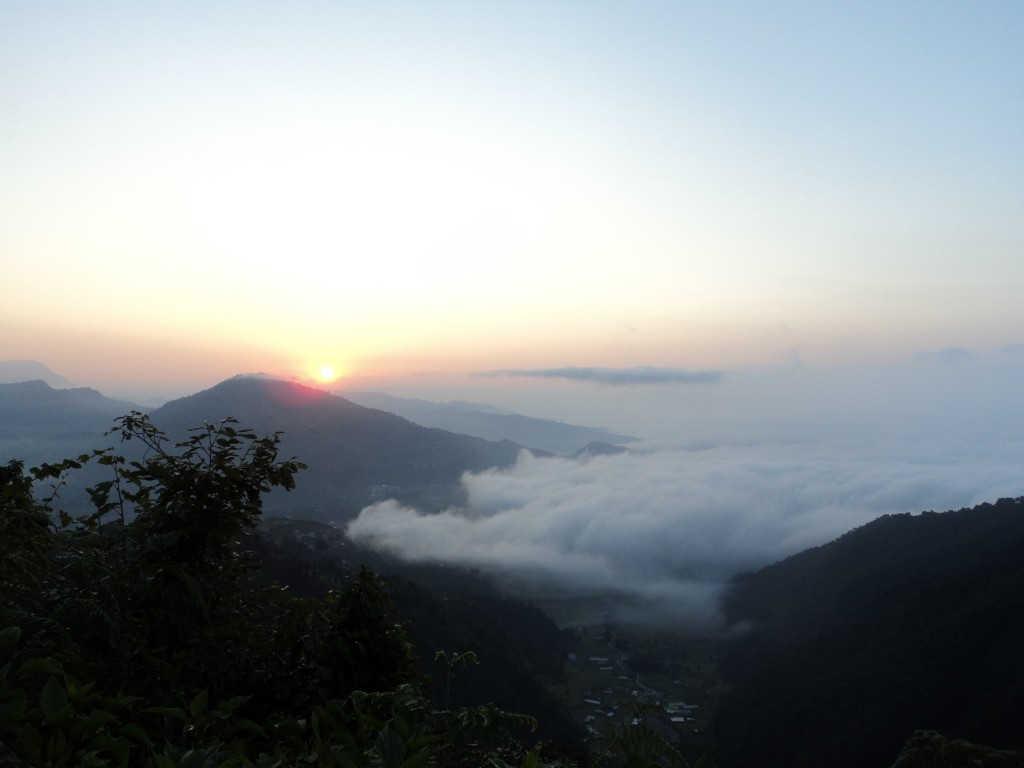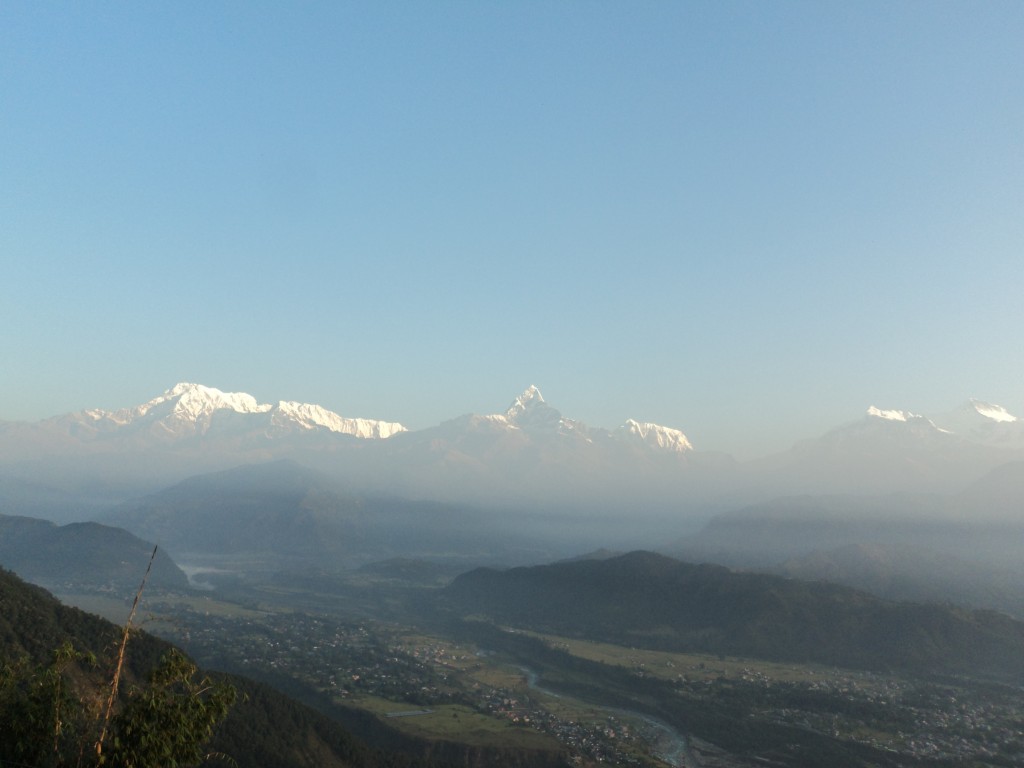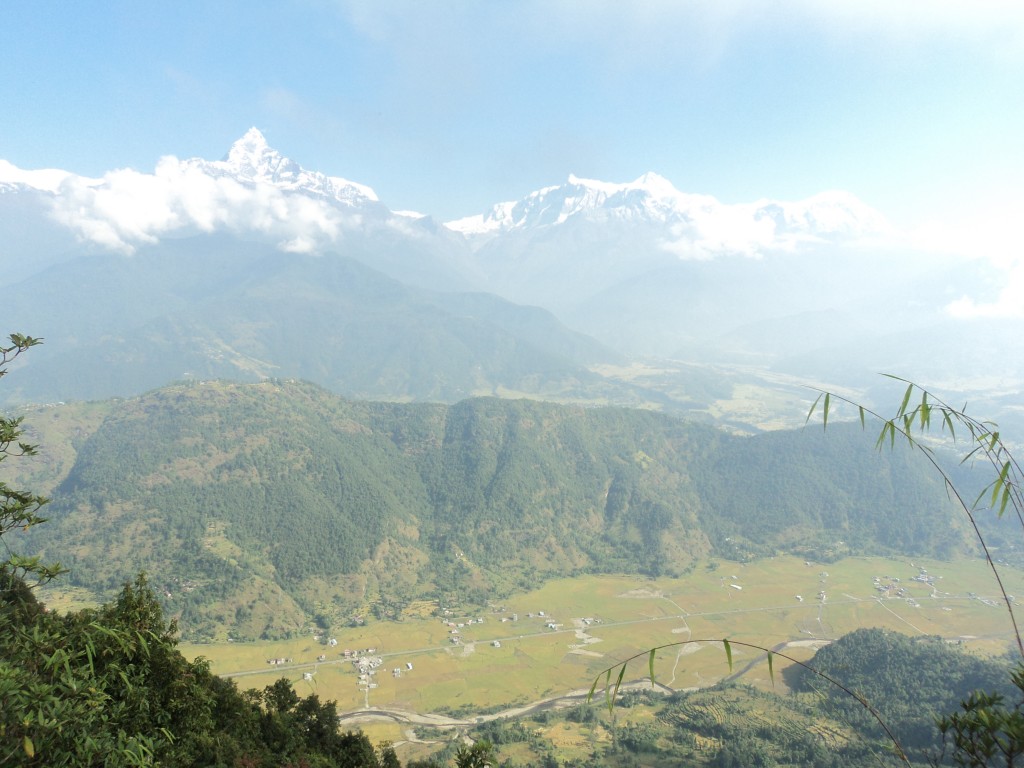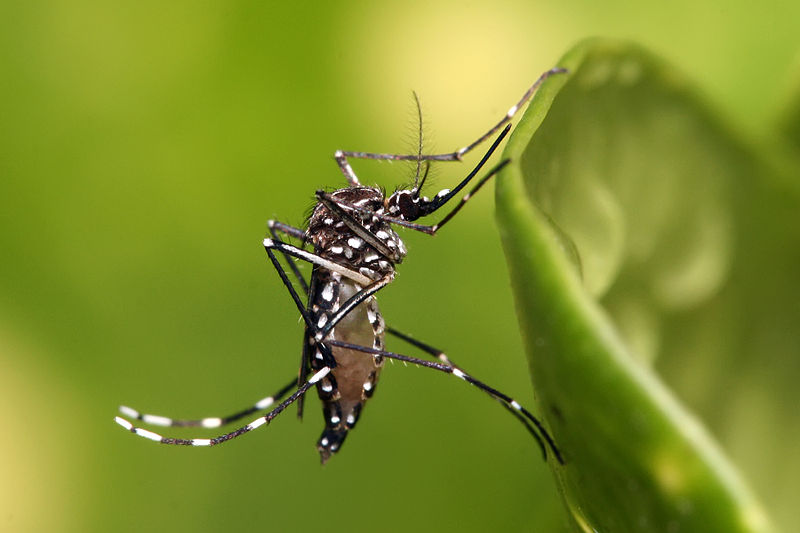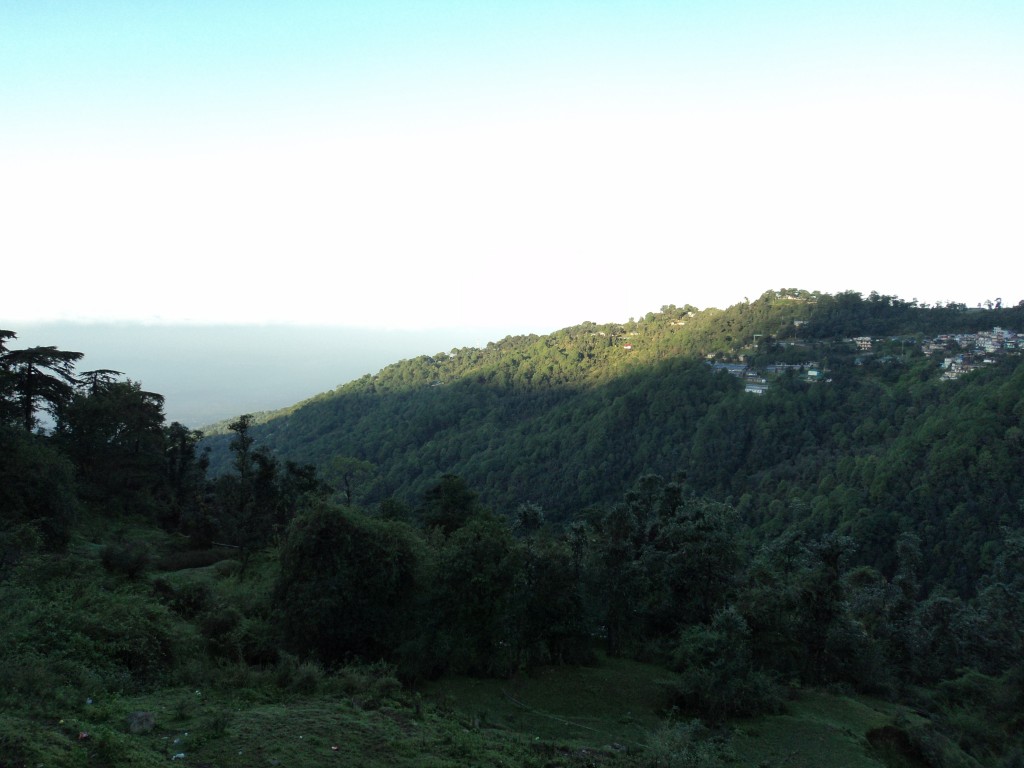We took a beautiful drive over the morning into Pokhara, a brief introduction in the foothills of the Himalayas. The sunshine and moderate temperatures reminded us why October is one of the major tourist months in Nepal.
We had a laundry list of things to do when we got to Pokhara. Find a hotel, book the bus to Birganj (see Part I), find an ATM, have lunch. We found a hotel lakeside, the touristy center of Pokhara, with ATM’s abound and a Canadian-Nepali restaurant serving us lunch, a good steak. Walking down the main street, we found a scooter rental place out of a laundromat, and got scooters for the evening and the next morning. It was my first time on a scooter.
We decided to ride up to the World Peace Pagoda at the top of one of the hills surrounding Pokhara. My first scooter ride ever was an off-road experience to the top of a mountain. We turned incorrectly, missed the Pagoda, and headed back down the mountain in fading light. Along the way, I almost killed myself in traffic, falling off the edge of a mountain, and a little girl (she was playing on the road!). We all made it back to the lakeside safe and sound to enjoy dinner at Boomerang. Lamb roast, apple pie, and Gurkha beer still sound amazing as I write here at IIT Delhi. A quick drink at the Busy Bee – first White Russian, verdict: obamanotbad.jpg – some shopping for snacks and postcards, and a quiet close to the first day in Pokhara.
We awoke early the next day to catch a glimpse of the sunrise at Sarankot, a beautiful mountain-top village northwest of Pokhara with a stunning view of the Himalayas. We arrived through an off-road trail, greeted by dozens of tour buses and endless hordes of tourists from around the world. This may be the first and only time I see someone with a multishot camera snapping madly away at the Annapurna range of the Himalayas. Everyone just wanted photographs, and I took my time getting mine. I did enjoy the ride up, the fresh mountain air complimenting the rising light of the sun and the joy of moving faster than a human body should go.
Here’s a peek.
Speeding away from Sarankot, we arrived at a little village called Kaskikot. We sat for chai tea at a small building on the side of the road, chatting with the local men about their lives. I met a man responsible for the agriculture in this region of Nepal, who had gone to school in the Netherlands. He was home for the festival, and it was surprising to me to find someone like him who had traveled around in the world in a small village like Kaskikot. The chai was delicious, by the way.
Further along, we met some kids who ambushed us and demanded a ride on the scooters. Children, it must be said, are endlessly energetic and that is one of the major reasons I will not have a kid anytime soon. However, when they are happy, they are good company, especially to show us to their temple on the top of another hill. We hiked up, elementary-school-aged boys holding our hands, to the summit of this hill. A stunning view of the Annapurna range opened up to us.
Then the temple. Fresh blood had dripped everywhere, a remnant of the goat sacrificed for the festival earlier that morning. Walking around barefoot in a temple on a hilltop in rural Nepal with goat blood everywhere is not exactly what you would imagine when going on vacation to Nepal. But it happened! We took one last look at the mountains, and climbed down the hill.
Leaving the kids behind (NRs 100 richer, mind you), we scootered past the edge of our map for lunch at some sort of hotel. Nothing memorable, except the whole experience of going 80kmh on a scooter down the mountainside.
We kept going. At some point, we decided this was foolish and turned back to head to the Tibetan settlement before sunset. I’m riding out front, scootering along, and check the rear view. Nobody. Alex and Jerry had disappeared. I pull over and wait. No sign. I turn around and drive back. Still no sign. Around an S-curve, I see them. Jerry’s scooter would not start.
This started a 3-hour saga of many Nepali people crowding around us to see what was happening. We fetched a mechanic from the village a kilometer away, to replace the spark plug. No dice. A vacationing family of 12 came over to help us try to get the bike back to Pokhara. Bus drivers can demand exorbitant prices sometimes, and let’s just leave it at that. Finally, the mechanic assured us that he would walk the scooter back to his village and fix it within the hour. Jerry accompanied him, trusting that the work would be done.
You can’t trust.
Alex and I continued down the mountain, a long series of s-curves, to get to the Tibetan settlement. We entered the monastery where the monks were in prayer. My right ear lost some significant percentage of its hearing as the rag-dun blown repeatedly during prayer was seated to my immediate right. No pictures from here, unfortunately. A quick walk around the village brought out kids wanting a ransom of food to pass. I handed out one Digestive and found none remaining in the box, and we fled the scene. Back to the scooters, back to Pokhara, to the hotel to wait for Jerry.
He’d had his own adventure. Let’s just say he took a taxi with the scooter hanging out of it back into Pokhara to return to the store owner.
Dinner, drinks, bed. Tourist towns are great.
The next morning, we headed for the border, but you already know that story.
